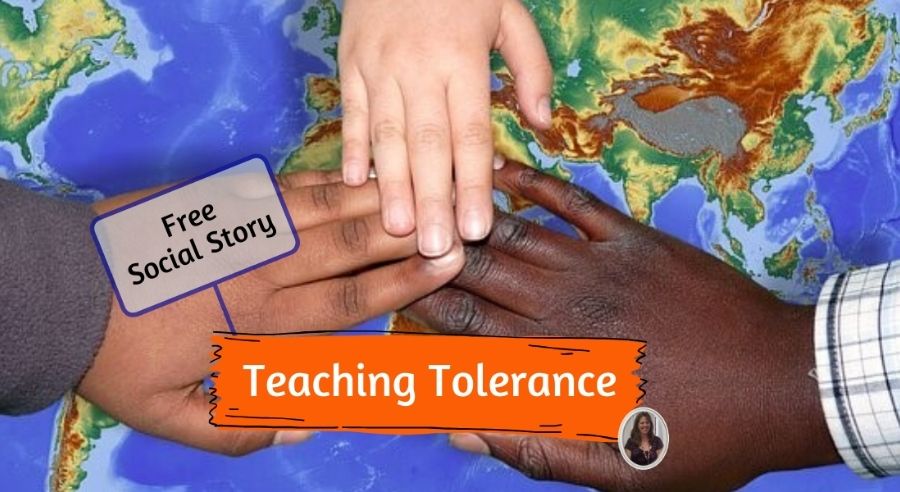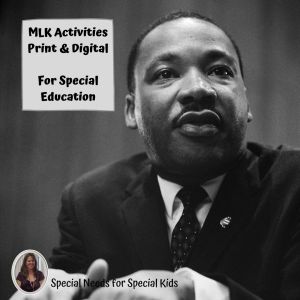Teaching tolerance in the classroom can be challenging. But if you teach in a special education setting, it is even more challenging.
January 6, 2021
The events that occurred in the capitol on this day will forever be taught in textbooks. The demonstration show a total lack of tolerance and acceptance. And, while many of us are still trying to understand the reasoning behind this even, we make the hard decisions of how much and what to share with our students. Luckily, we have one of the best examples of teaching tolerance in Dr. Martin Luther King, Jr who we will remember this week.
Dr. Martin Luther King Jr day
This week, we will celebrate Dr. Martin Luther King Jr’s dream. A dream for a world where everyone is treated equally, regardless of the color of their skin. This is a perfect time to work on teaching tolerance to our students.
Many of us will show videos, do worksheets, and probably even a craft. All good stuff meant to teach tolerance and help students make connections to the lessons from our past. But what about that deeper meaning? How can we go about teaching our students the true meaning behind Dr. King’s message? How can we teach our students about tolerance and what that means to them?
Making personal connections while teaching tolerance
Some of you may be unsure about teaching tolerance to our students with special learning needs. The same may be true about acceptance. But, isn’t this the ultimate goal? Yes, indeed it is, but we have to start somewhere. As with any new skill in special education, I find it best to take a step-by-step approach. It can be difficult to truly accept something you do not understand. In addition, it is difficult to understand something you cannot tolerate. So, I like to start there, at the beginning when teaching about tolerance.
We actually spend a lot of time indirectly teaching our students about tolerance. We teach them to tolerate:
- Sitting in a chair rather than rolling around on the floor
- Raising your hand and waiting rather than calling out the answer
- Having a food you HATE even present on the same table
- Listening to the sound of the vacuum as the custodian is working next door
Sometimes I feel like all I did was work on my students tolerating “the world” as the first step to being an active participant in it. So, perhaps talking about tolerance when it comes to civil rights and Martin Luther King may feel like a stretch and unimportant. But, maybe not.
What is the goal when teaching about tolerance?
Our goal is to provide our students with the skills they need to be the best people they can be. One of those skills is learning how to tolerate people who do not look, act, or talk like you do. Tolerance means knowing what questions are appropriate and not appropriate to ask if you don’t know the person.
My goal is that by teaching tolerance, it will eventually grow into acceptance. My hope is that by high school, my students are accepting and supportive of everyone, regardless of the color of their skin, background, culture, or disability. Actually, this is my hope for all students.
If you would like a free social story to help with teaching tolerance, then click the button below this video. Add it to the lesson plans you already have for Martin Luther King day next week.
“The highest result of education is tolerance.” ~ Helen Keller
If you need more resources for teaching about Martin Luther King, Jr then check out my unit that is in print AND digital format.



One Comment
Comments are closed.